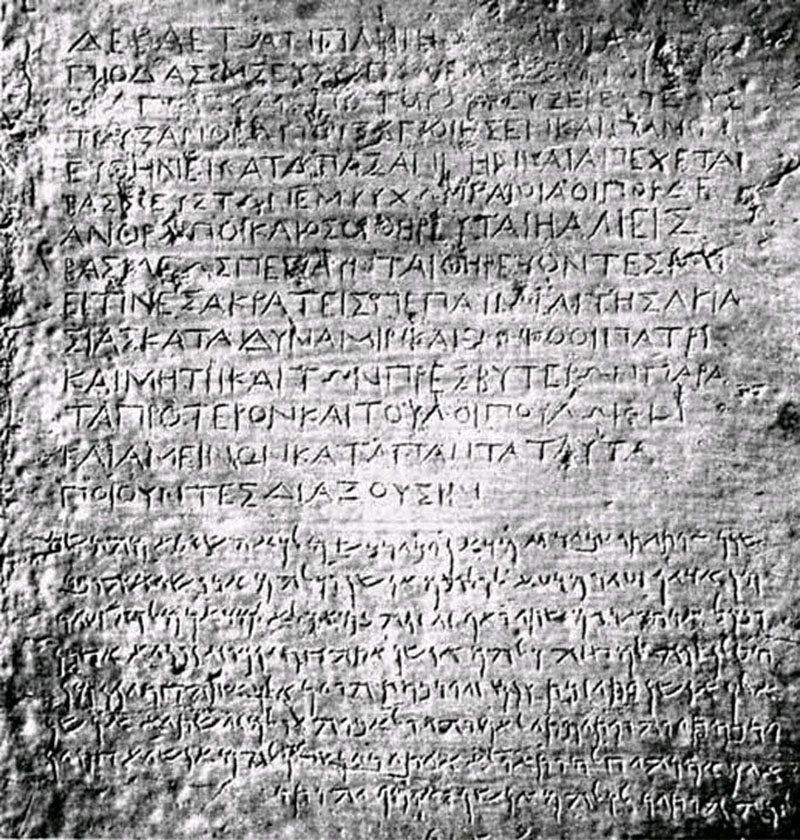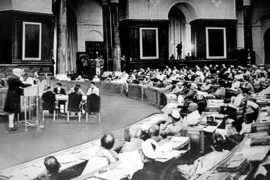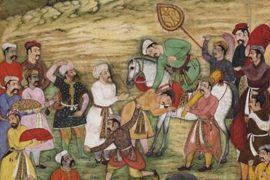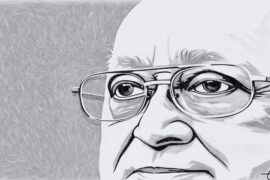Prior to the digs of L.A. Waddel and later, that of the Archeological Survey of India, the British administration knew of the existence of an ancient city of Pataliputra only through the testimonies of ancient Greek and Chinese authors.
Waddel’s digs swiftly unearthed Chinese symbols. Ancient pillars were bound bearing un-Indian characteristics. It prompted the British archaeologist to remark that:
In respect to the question of the indebtedness of the early civilization of Ancient India to the West, there has been unearthed amongst other objects a colossal capital of quasi-Ionic style, with Assyrian conventional ornamentation. This, the most Greek thing perhaps yet found in India, except the friezes in Asoka’s edict-pillars and the later so-called Graeco-Buddhist’ sculptures of the Punjab, has been found in Asoka’s own capital, in the heart of India, and is probably of Asoka’s own epoch.

The identification of Patna as the site of the ancient city of Pataliputra was a crucial moment in rediscovering what was considered a ‘lost’ historical moment. But through the lens of the colonial archaeologist, the monument only testified to an older ‘debt’ owed by India to the west – the debt of architecture.
Copyright©Madras Courier, All Rights Reserved. You may share using our article tools. Please don't cut articles from madrascourier.com and redistribute by email, post to the web, mobile phone or social media.Please send in your feed back and comments to [email protected]











